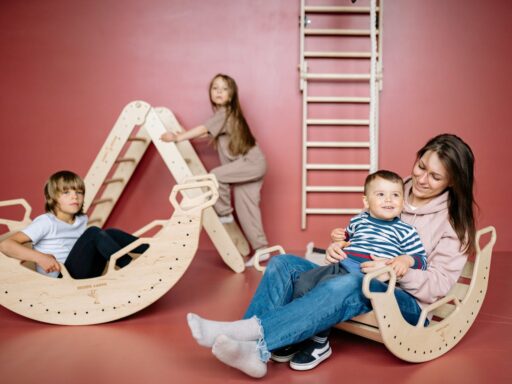The German application of the European Directive on Waste Electrical and Electronic Equipment is known as the Electrical and Electronic Equipment Act. The Waste Electrical and Electronic Equipment Directive, abbreviated as WEEE, has been in effect since 2003 in Europe. It seeks to make trade with electrical equipment more ecologically friendly in Europe by transferring responsibility for recycling electrical products to the relevant enterprises.
This extended producer responsibility program aims to reduce the waste of reusable materials linked with inappropriate disposal and the discharge of hazardous compounds into the environment from outdated electrical equipment. So, how does Germany ensure the Weee directive compliance? Continue reading to find out more.
The ElektroG
In Germany, the ElektroG governs what requirements businesses must meet to market electrical and electronic equipment, what take-back duties they have, and how to dispose of this equipment in an environmentally responsible manner. Below is a summary of each of the requirements for these three sub-areas:
Placing the product on the market
“Placing on the market” is putting electrical and electronic equipment on the market for the first time, as defined under the Electrical and Electronic Equipment Act. This also pertains to the return of goods taken off the market for a short while. Several requirements must be met before electrical and electronic devices can be sold. When the products are sold, there will also be more ongoing responsibilities. These include:
Take back obligation
This obligation requires companies to cooperate with the EAR Foundation’s collection coordination (particularly B2C) or independent electrical appliance take-back programs. A business must implement and register take-back facilities with Stiftung EAR if the total area of the retail store or any storage or distribution space (if selling online) reaches 400 m² in Germany.
Disposal
The disposal obligation requires traders to collaborate with public waste management authorities (ÖrE), who oversee municipal collection locations (such as recycling centers) or disposal of one’s outdated appliances. This entails paying fees for recycling.
Also read: Good Comments For Travel Posts
Final word
There are penalties for violating the ElektroG, including operational restrictions, profit skimming, warnings, legal action, and fines.







